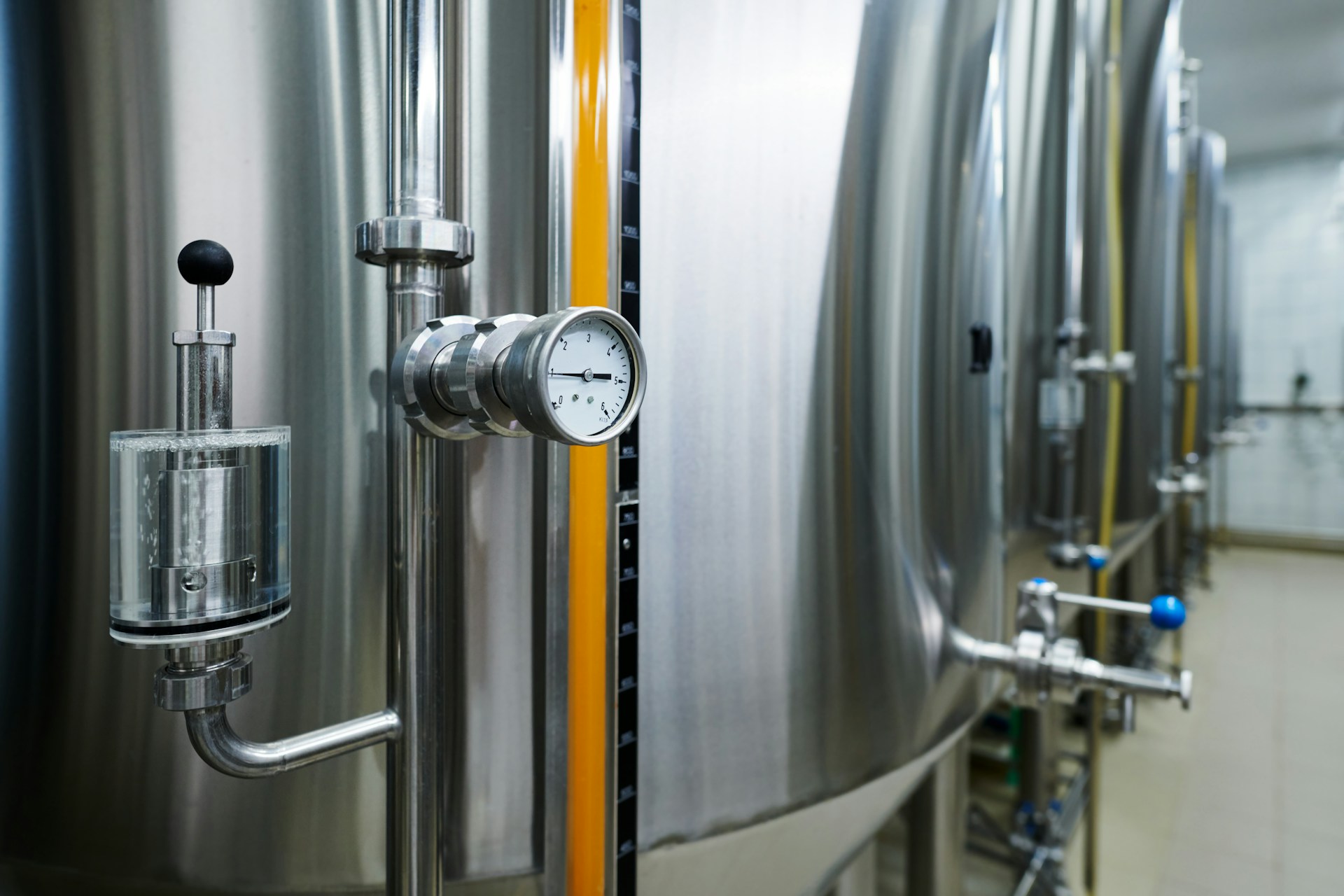
Concrete tank liners play an essential role in safeguarding tanks, whether they’re used for industrial, agricultural, or domestic purposes. These linings act as a protective barrier that prevents leaks and maintains the structural integrity of the tank. It’s vital to understand that these liners aren’t invincible; external factors like weather conditions can have significant impacts on their performance. Being aware of how external forces influence these liners can help tank owners take preventative steps, ensuring they remain effective and prolonging their lifespan.
Weather exposure can cause wear and tear over time. Factors such as temperature fluctuations, humidity levels, and UV radiation can affect the durability and effectiveness of concrete tank liners. By understanding these effects, you can better prepare for and mitigate potential damage, keeping your tanks in top shape regardless of the conditions they face.
Impact of Temperature Fluctuations
One of the primary weather-related challenges that concrete tank liners face is temperature fluctuation. When temperatures rise and fall, the materials in the liners expand and contract. Over time, this constant movement can lead to cracks and weakened structural integrity. Here’s how:
– In hot conditions, the liner material can soften, making it more susceptible to physical damage.
– In cold conditions, the liner can become brittle, increasing the risk of cracks.
– Rapid and extreme temperature changes exacerbate these issues, leading to quicker deterioration.
For example, imagine leaving a rubber band in the sun. It might become more stretchy and then snap easily when stretched too much. In cold weather, that same rubber band could become hard and break with too little tension. Concrete tank liners undergo a similar process when exposed to fluctuating temperatures.
It’s essential to monitor these conditions and make necessary adjustments or repairs to mitigate damage. Solutions like using protective coatings can help lessen temperature effects, ensuring the tank liners withstand season changes more effectively. Regular inspections are crucial for spotting early signs of wear and addressing them before they escalate into bigger problems.
Effects of Humidity and Rainfall
Humidity and rainfall present another dimension of challenges for concrete tank liners. Humidity can cause the liners to absorb moisture, leading to swelling or weakening of the material. This effect is particularly pronounced in areas with consistently high humidity levels. Additionally, heavy rainfall can lead to water accumulation around the tank, causing pressure that could lead to leaks or structural damage if the liners are already compromised.
Consider how a sponge behaves when left in water for too long—it becomes saturated and less effective at its job. Similarly, prolonged exposure to high humidity or direct rainfall can reduce the effectiveness of your tank liners over time. The challenge lies in ensuring that the liners remain dry and structurally sound despite these conditions. Installing protective barriers can help deflect water and moisture, while regular maintenance should include checks for any swelling or unusual texture changes in the liner.
UV Radiation and Sun Exposure
Australia’s intense UV radiation is particularly tough on tank liners. Continuous sun exposure can degrade the material, making it more brittle and susceptible to cracks. As these liners stretch and compress with temperature shifts, sun exposure speeds up degradation, testing their flexibility and leading to quicker wear.
To combat the impact of UV radiation, consider applying UV-resistant coatings to your liners. These coatings help by acting as a sunscreen, reflecting harmful rays and reducing damage. Some also invest in shades or coverings for their tanks to minimize direct exposure. Keep an eye on the tanks for signs of sun damage—such as fading or chalking on the liner surface—as early detection can prevent further deterioration.
Preventative Measures and Maintenance Tips
Protecting your concrete tank liners from the harsh effects of weather is about taking proactive steps and effective maintenance:
– Regular inspections: Schedule routine checks to catch early signs of damage or wear.
– Protective barriers: Use coverings, shades, or coatings to protect against sun, rain, and humidity.
– Timely repairs: Address any minor damages immediately to prevent them from becoming major issues.
– Seasonal adjustments: Be mindful of seasonal forecasts to anticipate which weather conditions your tanks will face.
These measures will not only improve the longevity and efficiency of your tank liners but also ensure that your tanks continue to operate smoothly even under harsh weather conditions. With the right care and preparation, your tank liners can stand the test of time and the elements.
Keeping Your Concrete Tank Liners in Top Shape
Maintaining concrete tank liners doesn’t have to be a daunting task with the right know-how and regular care. By understanding how weather impacts these liners and implementing preventative steps, you can significantly extend their lifespan. Simple actions, like applying protective coatings, conducting routine inspections, and taking timely action on repairs, can make a huge difference.
Whether you’re dealing with harsh sunlight, heavy rain, or fluctuating temperatures, the key to effective tank liner maintenance lies in preparation and consistency. A proactive approach will not only save you time and money in the long run but also ensure your tanks remain in peak condition, ready to handle whatever nature throws their way.
To ensure your tanks continue to perform well under all weather conditions, consider the importance of regular maintenance and choosing the right materials. At ATM Tanks, we’re here to help with your needs. If you want to learn more about options designed to handle tough environmental conditions, explore our range of concrete tank liners. Investing in professional services ensures your tanks are always protected and in peak condition.
- How to Fix Leaks in Your Water Storage Tanks - December 14, 2025
- Effective Techniques for Thorough Tank Cleaning - December 14, 2025
- The Benefits of ROV Tank Inspections for Maintenance - December 14, 2025






